Empower Stroke Recovery with Targeted Fitness Strategies
Unlock stroke recovery with targeted fitness strategies. Explore effective interventions for nonambulatory survivors. Read more to empower h
Introduction to Stroke Survivors’ Physical Fitness
Understanding Stroke and Its Impact
Stroke is a significant medical event that can lead to a wide range of physical and cognitive impairments. Among these, the loss of mobility and physical fitness is particularly challenging, affecting the overall quality of life for survivors.
The extent of physical impairment varies, but many stroke survivors experience difficulties in performing daily activities, leading to a sedentary lifestyle.
The Importance of Physical Fitness for Stroke Survivors
Physical fitness plays a crucial role in the rehabilitation and recovery process for stroke survivors. Engaging in regular physical activity can help improve cardiovascular health, muscle strength, and flexibility, which are often compromised after a stroke.
Moreover, maintaining physical fitness can enhance mental health, reduce the risk of recurrent strokes, and improve overall well-being.
Challenges Faced by Nonambulatory Stroke Survivors
Nonambulatory stroke survivors, who are unable to walk independently, face unique challenges in maintaining physical fitness. Traditional exercise programs may not be suitable for these individuals, necessitating tailored interventions that address their specific needs.
Limited mobility can lead to muscle atrophy, increased fatigue, and a higher risk of secondary health complications.
Interventions for Enhancing Physical Fitness
Recent research, including mixed-methods systematic reviews and meta-analyses, has focused on developing effective physical fitness interventions for nonambulatory stroke survivors. These interventions often incorporate a combination of strength training, aerobic exercises, and flexibility routines, adapted to the individual’s capabilities and limitations.
Innovative approaches, such as virtual reality-based exercises and assistive technologies, are also being explored to engage nonambulatory stroke survivors in physical activity.
These methods aim to provide a safe and motivating environment that encourages participation and adherence to fitness programs.
Benefits of Tailored Fitness Programs
Tailored fitness programs for nonambulatory stroke survivors have shown promising results in improving physical health outcomes. Participants often experience enhanced muscle strength, improved balance, and increased endurance.
Additionally, these programs can lead to better psychological outcomes, such as reduced depression and anxiety, contributing to an overall improvement in quality of life.
Methods of Systematic Review and Meta-Analysis
Search Strategy
The systematic review employed a comprehensive search strategy to identify relevant studies on physical fitness interventions for nonambulatory stroke survivors. Databases such as PubMed, Scopus, and Cochrane Library were searched using a combination of keywords and medical subject headings (MeSH) related to stroke, nonambulatory status, and physical fitness interventions.
The search was limited to studies published in English and included both randomized controlled trials and observational studies.
Inclusion and Exclusion Criteria
Studies were included if they involved nonambulatory stroke survivors and assessed the effects of physical fitness interventions. Interventions could include aerobic exercises, resistance training, or combined modalities.
Studies were excluded if they involved ambulatory stroke survivors or did not provide sufficient data for analysis. Only studies with a clear definition of nonambulatory status and measurable outcomes related to physical fitness were considered.
Data Extraction and Quality Assessment
Data extraction was conducted independently by two reviewers using a standardized form.
Extracted data included study characteristics, participant demographics, intervention details, and outcomes. The quality of included studies was assessed using the Cochrane Risk of Bias Tool for randomized trials and the Newcastle-Ottawa Scale for observational studies.
Discrepancies between reviewers were resolved through discussion or consultation with a third reviewer.
Data Synthesis
A mixed-methods approach was used to synthesize the data. Quantitative data were pooled using meta-analysis techniques, employing random-effects models to account for heterogeneity among studies.
The primary outcome measures were improvements in physical fitness parameters such as muscle strength, cardiovascular endurance, and flexibility. Subgroup analyses were performed based on intervention type and duration.
Qualitative Analysis
In addition to quantitative synthesis, a qualitative analysis was conducted to explore participants’ experiences and perceptions of the interventions.
Thematic analysis was applied to qualitative data extracted from included studies, identifying common themes related to barriers, facilitators, and the perceived impact of physical fitness interventions on quality of life.
Assessment of Heterogeneity and Publication Bias
Heterogeneity among studies was assessed using the I2 statistic and visual inspection of forest plots. Publication bias was evaluated through funnel plot analysis and Egger’s test.
Sensitivity analyses were conducted to assess the robustness of the findings, excluding studies with high risk of bias or small sample sizes.
Findings on Nonambulatory Stroke Survivors
Physical Fitness Improvements
Research indicates that physical fitness interventions can significantly improve the physical health of nonambulatory stroke survivors. These interventions often focus on enhancing cardiovascular endurance, muscle strength, and flexibility.
Studies show that tailored exercise programs can lead to measurable improvements in these areas, contributing to better overall health and quality of life.
Moreover, regular physical activity has been linked to reduced risk of secondary health complications, such as cardiovascular disease, which is particularly important for stroke survivors who are unable to walk.
Mental Health Benefits
Beyond physical improvements, physical fitness interventions have also been shown to positively impact mental health among nonambulatory stroke survivors. Participants in various studies reported reduced symptoms of depression and anxiety, which are common challenges faced by individuals in this group.
The structured nature of exercise programs provides a sense of routine and accomplishment, contributing to enhanced mental well-being.
Additionally, engaging in physical activity can foster social interactions, whether through group exercises or virtual communities, further supporting mental health recovery.
Barriers to Participation
Despite the benefits, several barriers to participation in physical fitness interventions for nonambulatory stroke survivors have been identified. Accessibility issues, such as lack of transportation or suitable facilities, can hinder participation.
Additionally, personal factors like motivation, fear of injury, and lack of tailored programs can also impact engagement levels.
Addressing these barriers requires a multifaceted approach, including the development of home-based programs, use of telehealth technologies, and ensuring that interventions are adaptable to individual needs and capabilities.
Recommendations for Future Research
Future research should focus on developing more inclusive and accessible fitness interventions that cater specifically to the needs of nonambulatory stroke survivors. There is a need for larger, more diverse studies to better understand the long-term effects of these interventions on both physical and mental health outcomes.
Additionally, exploring the integration of technology, such as virtual reality or wearable fitness trackers, could provide innovative solutions to enhance participation and track progress in real-time.
Implications for Physical Fitness Interventions
Customized Exercise Programs
For nonambulatory stroke survivors, tailored exercise programs are essential to address individual limitations and capabilities.
These programs should incorporate a variety of exercises that focus on enhancing cardiovascular endurance, muscular strength, and flexibility. Customization ensures that the interventions are safe, effective, and aligned with each survivor’s rehabilitation goals.
Incorporating Technology
The use of technology, such as virtual reality and wearable fitness trackers, can significantly enhance the effectiveness of physical fitness interventions.
These tools provide real-time feedback, track progress, and can be adapted to simulate real-world activities, thereby increasing engagement and motivation among stroke survivors. Additionally, technology can facilitate remote monitoring by healthcare professionals, ensuring continuous support and adjustment of exercise regimens as needed.
Interdisciplinary Approach
Implementing an interdisciplinary approach that involves physiotherapists, occupational therapists, and fitness trainers can lead to more comprehensive care.
Each professional brings a unique perspective and expertise, contributing to a well-rounded intervention strategy. Collaboration among these disciplines ensures that all aspects of the survivor’s physical and cognitive abilities are considered, optimizing overall recovery and fitness outcomes.
Psychological Support
Addressing the psychological well-being of stroke survivors is crucial in physical fitness interventions.
Incorporating psychological support, such as counseling or motivational interviewing, can help overcome barriers to participation and adherence. By fostering a positive mindset and resilience, survivors are more likely to engage consistently in their fitness programs, leading to better long-term results.
Community-Based Programs
Community-based fitness programs offer a supportive environment that can enhance social interaction and reduce feelings of isolation among stroke survivors.
These programs can be tailored to accommodate various levels of mobility and provide opportunities for peer support and shared experiences. Community involvement not only aids in physical recovery but also promotes emotional and social well-being.
Continuous Evaluation and Adaptation
Regular assessment and adaptation of fitness interventions are necessary to meet the evolving needs of stroke survivors.
Continuous evaluation allows for the identification of progress and challenges, facilitating timely adjustments to exercise routines. This dynamic approach ensures that interventions remain relevant and effective throughout the rehabilitation journey.
FAQ
Q1: How often should nonambulatory stroke survivors engage in physical fitness interventions?
A1: For nonambulatory stroke survivors, it’s crucial to tailor the frequency of physical fitness interventions to individual capabilities and recovery goals. Beginners may start with 2-3 sessions per week, focusing on low-intensity exercises to gradually build strength and endurance. As survivors progress, they can increase the frequency to 4-5 sessions per week, incorporating a mix of cardiovascular, strength, and flexibility exercises. It’s important to consult with healthcare professionals to ensure that the exercise regimen is safe and effective for the individual’s specific condition.
Q2: What are some strategies to overcome plateaus in fitness progress for advanced nonambulatory stroke survivors?
A2: Advanced nonambulatory stroke survivors may encounter plateaus in their fitness progress. To overcome these, it’s beneficial to introduce variety and challenge into their routine. This can include incorporating resistance bands, increasing the intensity or duration of exercises, or trying new activities that engage different muscle groups. Additionally, focusing on goal setting and tracking progress can provide motivation and highlight areas for improvement. Consulting with a physical therapist can also provide personalized strategies to break through plateaus effectively.
Q3: How can nonambulatory stroke survivors manage soreness and ensure proper recovery after workouts?
A3: Managing soreness and ensuring proper recovery is essential for nonambulatory stroke survivors engaging in physical fitness interventions. Beginners should start with gentle exercises and gradually increase intensity to minimize soreness. Incorporating adequate warm-up and cool-down routines can also help reduce muscle stiffness. Hydration, proper nutrition, and sufficient rest are key components of recovery. Advanced users might benefit from techniques such as stretching, massage, or the use of ice packs to alleviate soreness. It’s important to listen to the body and allow for rest days as needed to prevent overtraining and promote recovery.
Takeaway
“Ready to kickstart your fitness journey and crush your goals? Start a new workout challenge today, download our FREE training plan, and join our vibrant fitness community for endless support and motivation! Don’t wait any longer – transform your body and mind now! Let’s do this together! 💪🔥 #FitFam” This move is widely interpreted as a strategic response to recent challenges.

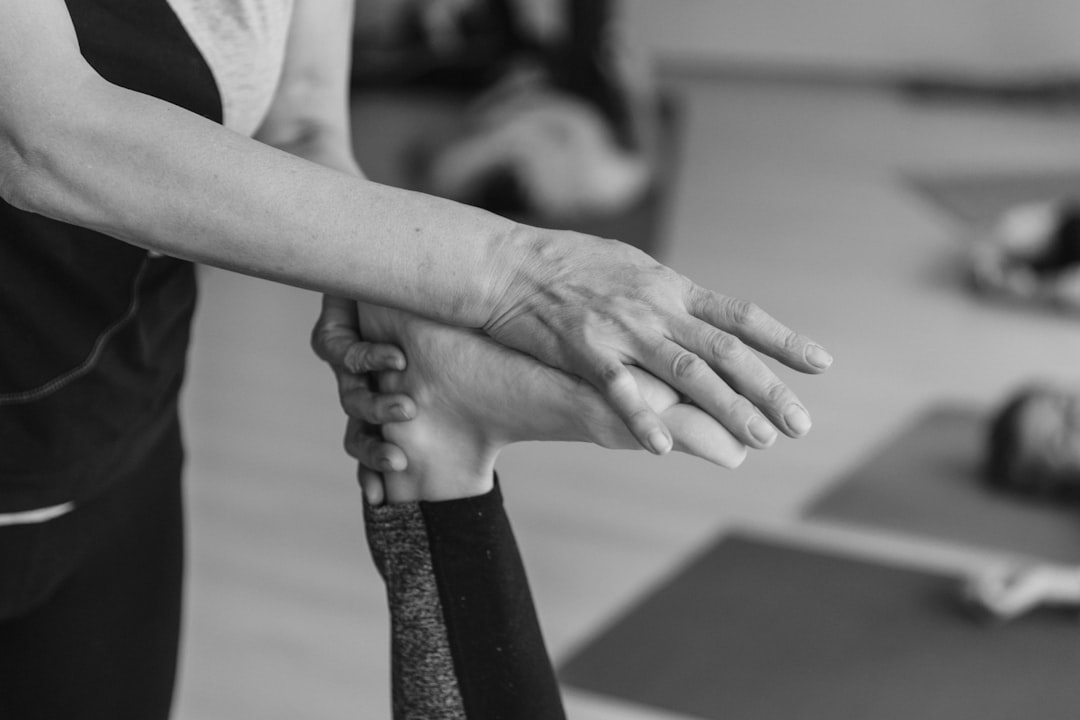
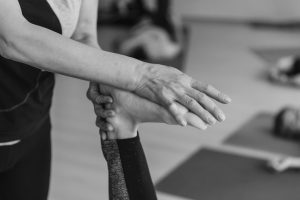

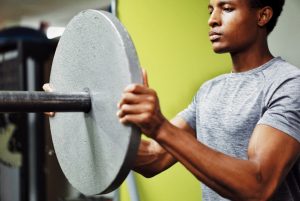
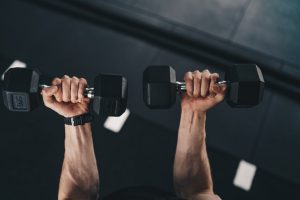
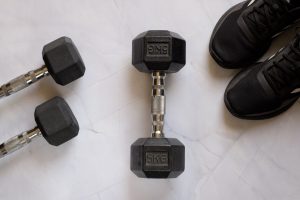
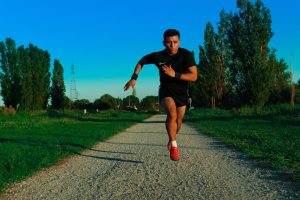
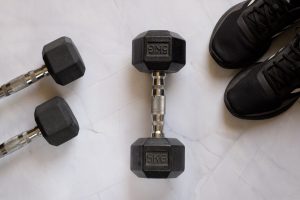
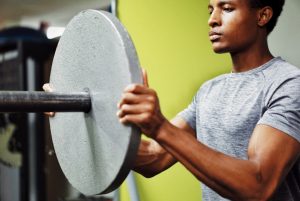
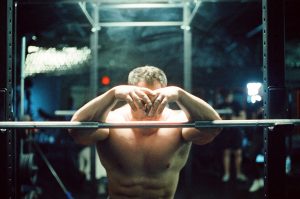
Comments